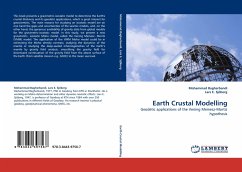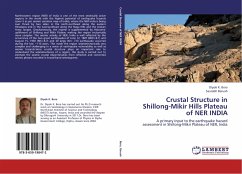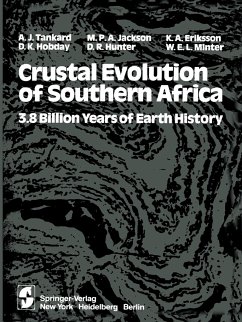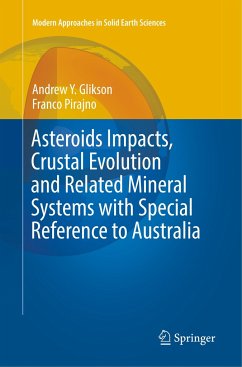
Earth Crustal Modelling
Geodetic applications of the Vening Meinesz-Mortiz hypothesis
Versandkostenfrei!
Versandfertig in 6-10 Tagen
52,99 €
inkl. MwSt.

PAYBACK Punkte
26 °P sammeln!
This book presents a gravimetric-isostatic model to determine the Earth's crustal thickness and its geodetic applications, which is great interest for geoscientists. The main reasons for studying an isostatic model are on one hand the gaps and uncertainties of the seismic models, and, on the other hand, the generous availability of gravity data from global models for the gravimetric-isostatic model. In this study, we present a new gravimetric- isostatic Moho model, called the Vening Meinesz- Moritz (VMM) model. The application of the VMM Moho model could be in estimating the Moho density contr...
This book presents a gravimetric-isostatic model to determine the Earth's crustal thickness and its geodetic applications, which is great interest for geoscientists. The main reasons for studying an isostatic model are on one hand the gaps and uncertainties of the seismic models, and, on the other hand, the generous availability of gravity data from global models for the gravimetric-isostatic model. In this study, we present a new gravimetric- isostatic Moho model, called the Vening Meinesz- Moritz (VMM) model. The application of the VMM Moho model could be in estimating the Moho density contrast, studying the dynamics of the mantle or studying the deep-seated inhomogeneities of the Earth's mantle by gravity field analysis, smoothing the gravity field for downward continuation of the gravity field from the above surface of the Earth (from satellite mission e.g. GOCE) to the mean sea level.












